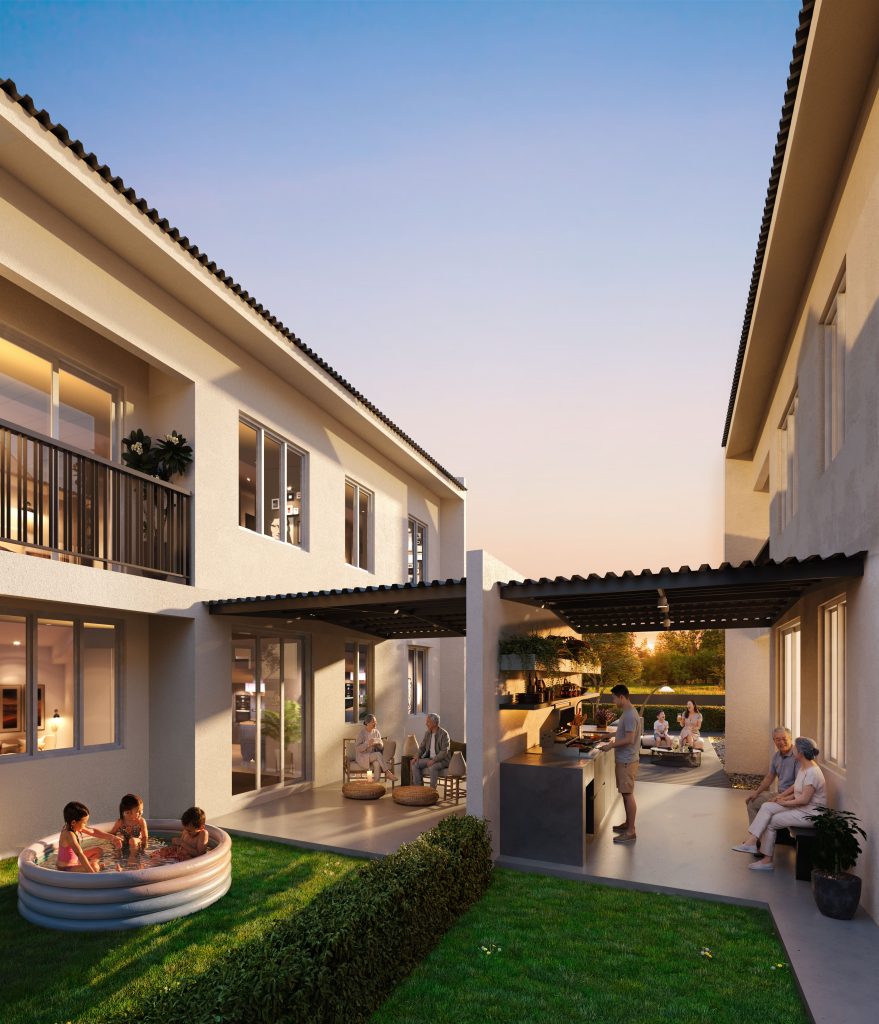
The concept of a low-carbon city was adopted to deal with environmental degradation caused by rapid urbanisation.
Picture this: You are driving home from work and inevitably get stuck in hours-long traffic while the car in front of you pumps carbon monoxide into your car’s filtration system. Does your mind ever wonder? More specifically, will Malaysia ever see the day when all cars are electric vehicles (EVs), buses run on hydrogen gas like as successfully demonstrated in Sarawak and trains whizz in and out of stations quietly and smoothly like the famous Shinkansen in Japan?
Human activities that release greenhouse gases (GHGs), primarily carbon dioxide (CO2) into the atmosphere, are the primary cause of climate change. When compared to other nations at comparable stages of development, Malaysia generally has high carbon emissions. Multiple studies indicate that there is an average 1.28% increase in CO2 emissions for every 1% increase in population, subsequently causing an average increase of 45% in Malaysia's overall greenhouse gas emissions between 1994 and 2000.
In a bid to combat climate change, the concept of a low-carbon city (LCC) was adopted to deal with environmental degradation caused by rapid urbanisation. A low-carbon city is one made up of societies that use sustainable green technology, green practices and emit relatively little greenhouse gas in comparison to current practices to mitigate the negative effects of climate change. Hence, a sustainable, effective, livable and competitive city is what an LCC is all about.
Through the National Low Carbon Cities Masterplan (NLCCM), a low carbon initiative in Malaysian cities under the Green Technology Application for the Development of Low Carbon Cities (GTALCC), the 3M (measurement, management and mitigation) approach is adopted to reduce environmental impacts.
How is our progress?
Malaysia has moved closer to achieving its objective. It had 134 local climate zones (LCZs) and more than 400 low carbon policies (LCPs) by 2023, surpassing its original goals in a few categories. In addition, the NLCCM has helped reduce carbon dioxide emissions by over 3 million tonnes, proving the program's efficacy.
In addition, the government has put supportive policies into place, such as tax breaks for environmentally friendly technologies and the establishment of building energy efficiency standards. Positive catalysts also include rising public awareness and greater engagement from corporations and communities.
Significant obstacles still exist despite these advancements. One of the biggest obstacles to the widespread adoption of low-carbon practices is financing the necessary technological advancements and infrastructure upgrades. Certain stakeholders may be dissuaded by the high initial investment costs.
It is essential to encourage the public to change their behaviour. Public education and awareness campaigns are necessary to encourage people to adopt eco-friendly habits in their daily lives, such as using public transportation or choosing energy-efficient appliances to shift towards sustainable practices.
As a result, the task's sheer size is another barrier. Collaboration between different stakeholders, such as government agencies, local authorities, private companies and individuals is necessary to transform entire cities. It is a difficult task to coordinate smoothly and make sure everyone is actively contributing to the common goal.
Some hard-hitting facts
By 2050, around 1.4 billion people are expected to be living in Asian cities compared with today. When considering the challenges of climate change and the need to cut carbon around the world, cities are currently responsible for 67–76% of energy use and 71–76% of energy-related greenhouse gas emissions.
In the past, the International Energy Agency (IEA) estimated that cities in 2006 emitted 19.8 gigatonnes of CO2e (GtCO2e) from energy use, which was 71% of global energy-related GHG emissions. By 2030, this number is expected to increase to 30.8 GtCO2e or 76% of global energy-related emissions.
In terms of Malaysia’s impact on climate change compared to fellow Southeast Asian countries, the average per capita carbon footprint is around twice that of Thailand, four times higher than Indonesia or Vietnam, eight times that of the Philippines and twenty-four times greater than in Cambodia. Only Singapore produces double the amount of carbon emissions Malaysia emits.
Who is currently involved?
A few cities are members of city alliances that are working towards lowering carbon emissions, and among these include Kuala Lumpur City Hall (C40), Langkawi, Seberang Perai City Council, Melaka State Government, Melaka City Council, Hang Tuah Jaya Municipal Council and Alor Gajah Municipal Council known as ICLEI along with the Iskandar Malaysia, Putrajaya Corporation, Tawau Municipal Council and Iskandar Puteri City Council abbreviated under GCOM.
Achieving Malaysia's 2030 low-carbon city goal will not be easy. Nonetheless, there is cause for optimism given the advancements made thus far and the dedication of numerous stakeholders. Malaysia can build a more sustainable future for its urban centres by tackling current issues, encouraging cooperation and empowering local communities.
This article was first published in Star Biz7.
Stay ahead of the crowd and enjoy fresh insights on real estate, property development, and lifestyle trends when you subscribe to our newsletter and follow us on social media.












































